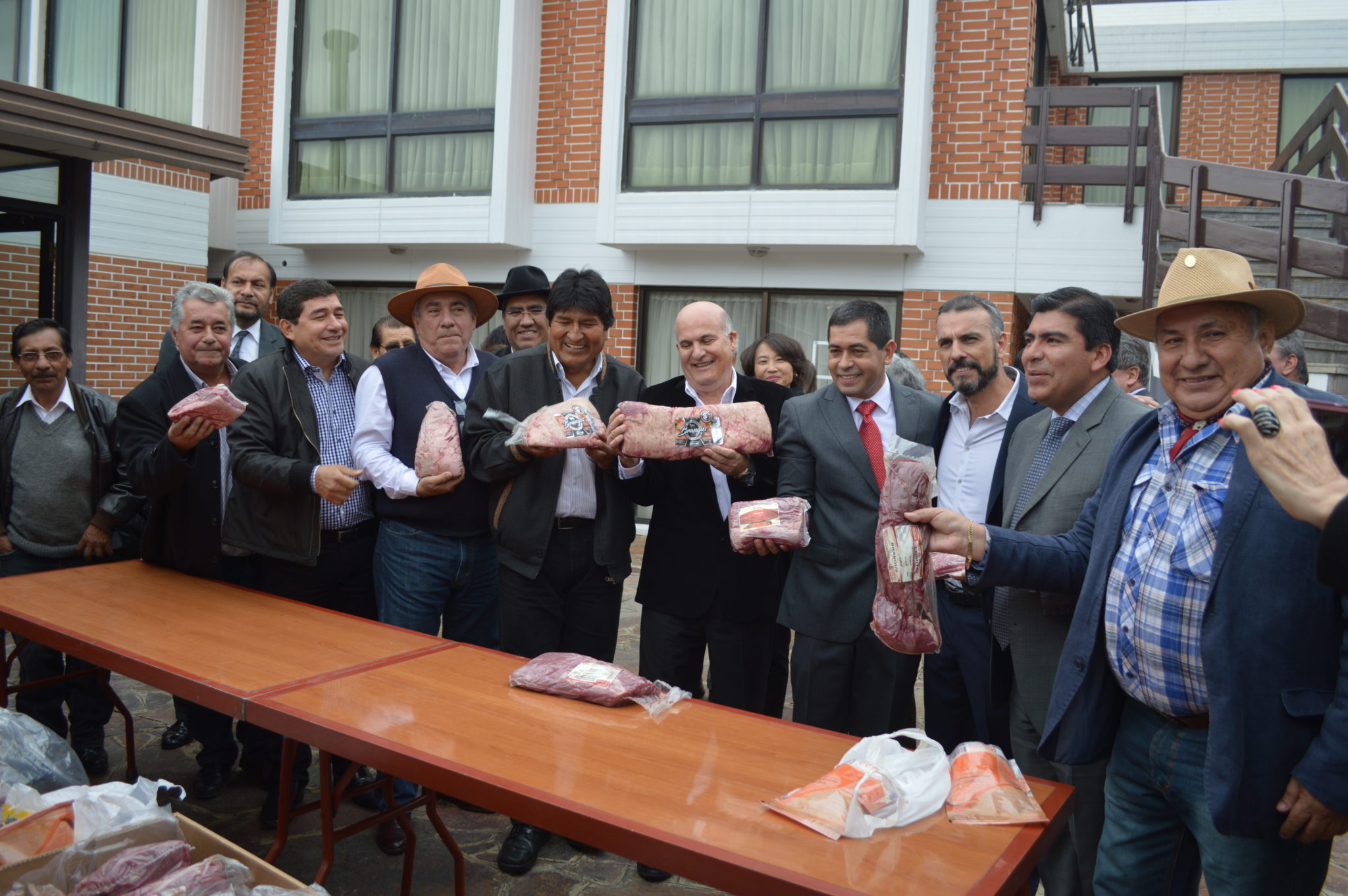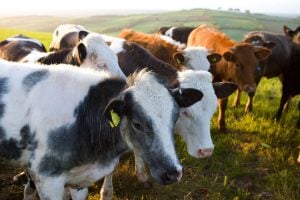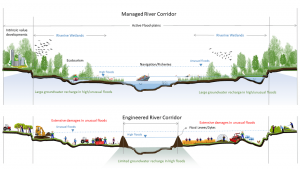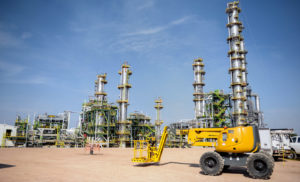The recent Belt and Road Forum in Beijing brought news that Bolivian meat will soon start to be sold in China. The new market will bring opportunity to livestock farmers, but unless they migrate to more sustainable production, serious deforestation may also result. In the last two decades, livestock caused 60% of deforestation in the country – similar to Brazil and Colombia.
Bolivian cattle ranchers aim to export 20,000 tons of beef in the second half of this year. That would make the Andean country about US$75 million, or five times more than in all of 2018, according to figures from the Bolivian Foreign Trade Institute (IBCE).
By 2020, the goal is to sell 40,000 tons to China.
Hopes of a meat boom
On 26 April, the Bolivian foreign minister, Diego Pary, and the minister of Chinese customs, Ni Yuefeng, signed a protocol that opened the doors for the export of Bolivian beef to China.
As the consumption of beef rises sharply among the 1.4 billion people in China, Bolivian ranchers and civil servants are hoping to benefit.
“This means exporting in almost half a year what has been done in 10 years,” said Gary Rodríguez, president of the IBCE, which supports exporters. “By 2020, we would be selling US$150 million to the world only for the export of meat. However, the projection is to move from a cattle herd of 10 million to 17 million in 10 years.”
That would mean going from using 13 million hectares for livestock rearing to 20 million hectares, according to the goals of the Livestock Development Plan 2020-2030 presented by ranchers to President Evo Morales in January.
On top of this, small farmers will need to be helped to increase their productivity through bank loans and agricultural training. Investments will also need to be made in productive and commercial infrastructure, and water dams, as Oscar Ciro Pereyra, president of the Confederation of Cattle Ranchers of Bolivia (Congabol), explained in January.
However, it is unclear how they will go about it. Diálogo Chino reached out to Pereyra for clarification on three occasions, but received no answer.
Currently, 90% of exported meat (about 3,500 tons) goes to Peru. In farmers sights are markets like Vietnam (already open), Russia (in the process of opening) and the European Union (which has only approved select cuts of meat). None is as promising as China.
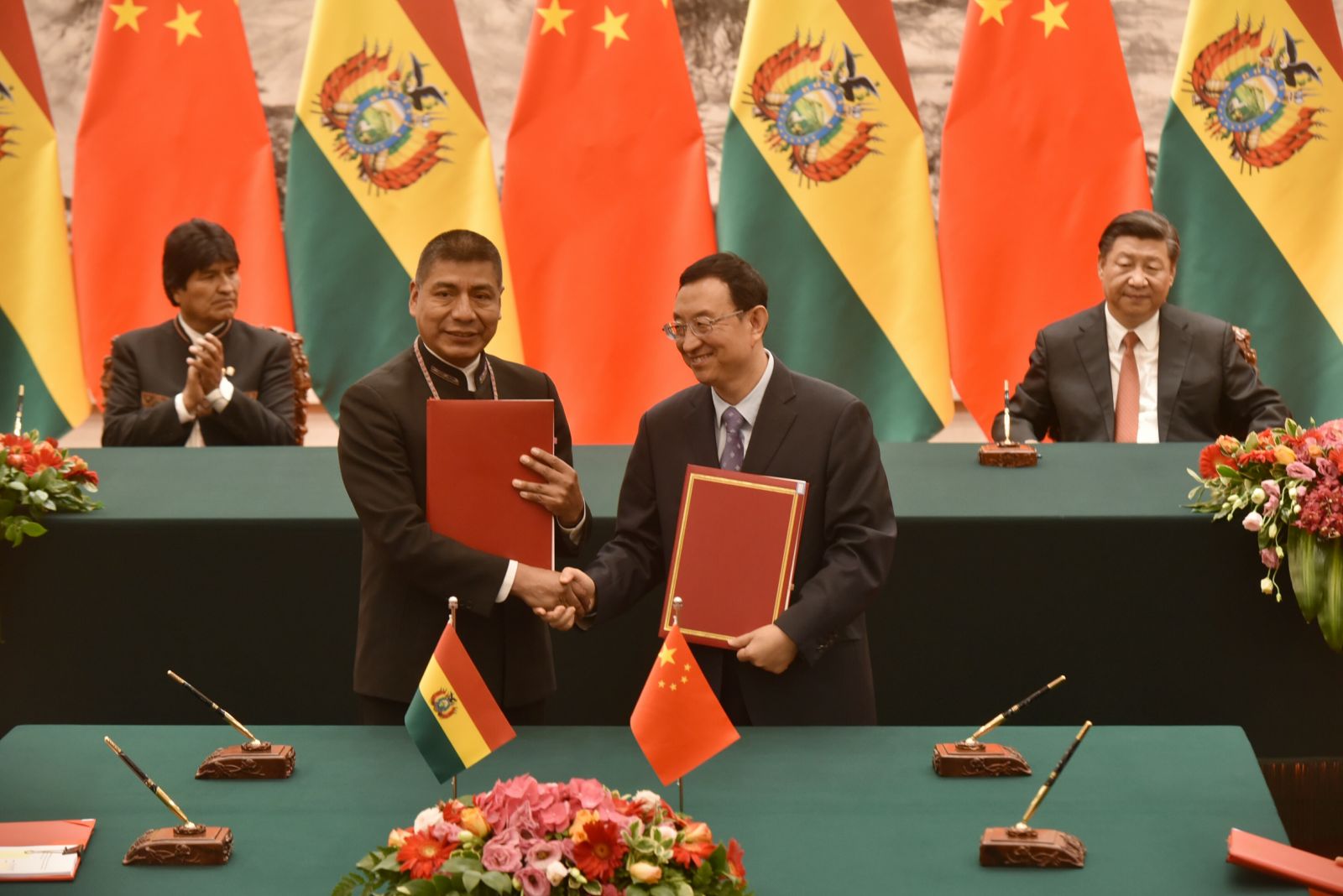
At least three companies from the department of Santa Cruz are ready to export beef to China, having been visited by their Chinese customers and certified by the National Service of Agricultural Health and Food Safety (Senasag).
In turn, farmers in the Amazonian department of Beni expect the government to fulfil its promise to build a cold-storage plant in the department’s capital Trinidad, so they no longer need to depend on the one in Santa Cruz.
“In Beni we have a lot of potential to grow, but we need investments. We hope that exports will be opened and that the new Soil Use Plan will be approved so that we can have the infrastructure in Beni, without having to dismantle around us,” says José Eduardo Iriarte, member of the board of the Federation of Livestock of Beni (FegaBeni).
The scientific and environmental community are concerned about the “dismantling”, by which Irarte means deforesting.
“With this type of agroextractivism we are going to seriously exacerbate problems of droughts, floods, climatic changes, appearance of pests, soil erosion … We are having droughts because there is savage deforestation happening in Beni and Santa Cruz,” says Miguel Ángel Crespo, agroecology expert and director of the environmental NGO Probioma.
“Farmers do not want to understand they must conserve forests because they want only open pastures. But livestock have to shelter from high and low temperatures, otherwise stress leads to low yields” he adds.
Cows Vs. Forests
The main cause of deforestation in Bolivia is livestock, according to a study published by the Friends of Nature Foundation (FAN) in 2014.
“As of the year 2000, the perception we had that the expansion of the agricultural frontier was mainly for soy changed. From the years 2000 until 2018, it is livestock. We analysed until 2013 and more than 60% of deforestation was caused by livestock,” says its director Natalia Calderón, an expert on climate change and conservation.
“It is going to mean the expansion of the space that is destined to the cattle … We are not yet talking about incentives for producers, technology, technical assistance, adequate monitoring, control and inspection,” she explains, adding that they have detected expansion in deforestation in regions such as Charagua and Chiquitania in Santa Cruz. In fact, the department accounts for 78% of the country’s deforestation.
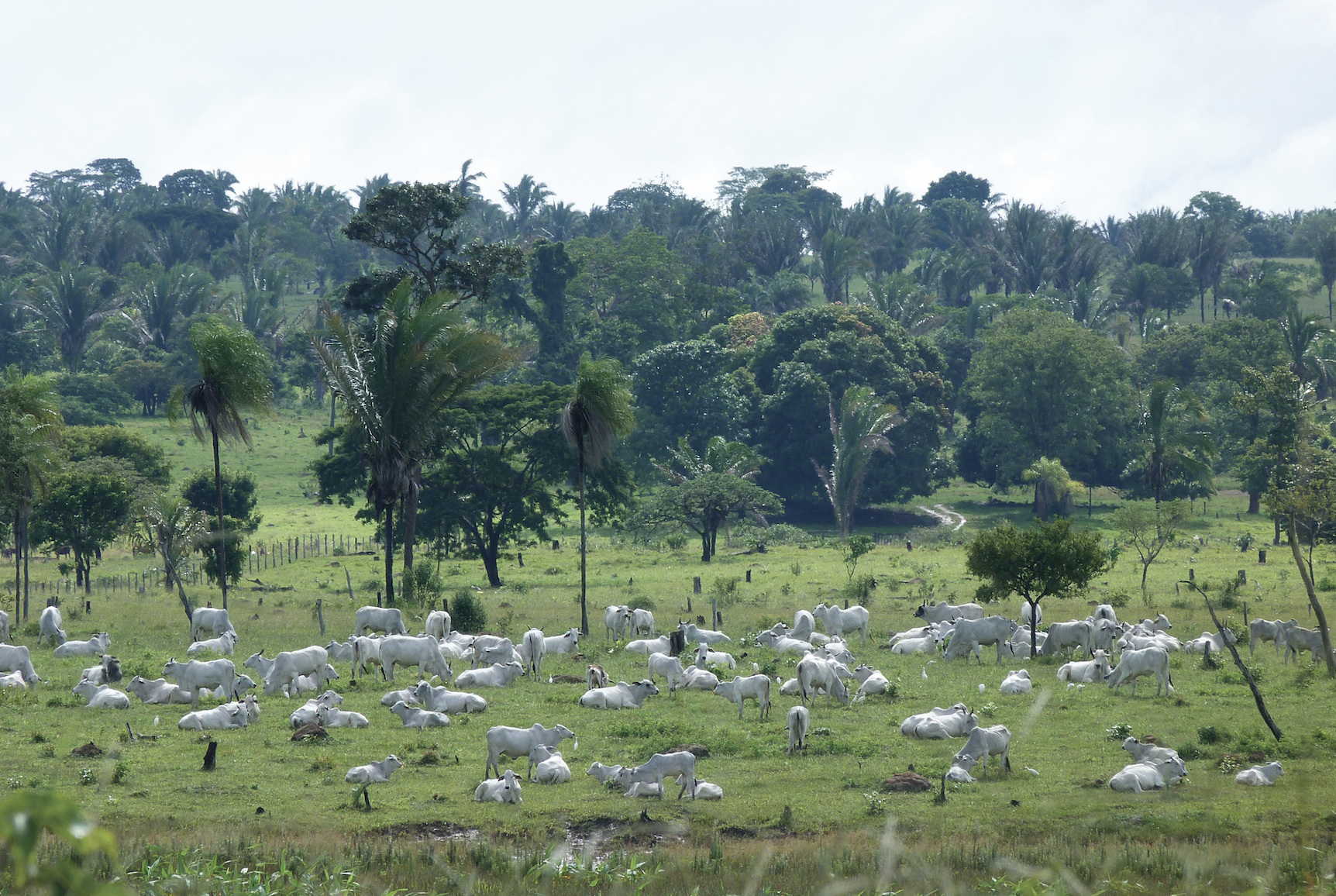
The problem raised by environmental experts is that the conversation about increased meat production is not accompanied by a discussion of issues such as soil management or better solutions to cope with climate change, such as silvopastoral systems where cows share space with trees.
“You have to think about changing the production model to a more sustainable one with qualitatively different products and not similar to those that Brazil, Argentina and Paraguay produce, for example” says Miguel Ángel Crespo, who is concerned about the profitability of transporting meat from the interior to a port in the Pacific and then on to China.
“To export, Bolivia has to compete … If it wants to export meat that is organic, that comes from cattle fed with natural pastures – that would be the only way out for Bolivia to be competitive. Otherwise it’s going to be another debacle like soy, whose prices fall and the producers ask the government to pay them subsidies that come out of our taxes.”
Farmers feel their industry is not mainly responsible for deforestation, especially in Beni, which has extensive plains covered by pastures (pampas and savannas) and humid tropical forests on gentle piedmont slopes.
“It’s completely false. The livestock of Beni is made in the pampas and the clearing is minimal if we compare it to Santa Cruz or Brazil. The clearing in Beni is only to make cattle paddocks, in the high places. We take care of the environment. Since our grandparents we have made a cattle ranch in the pampas, even the agriculture that we want to carry out now is in the same system”, says guild leader Iriarte, although he recognizes that there was deforestation in the north, in the towns of Riberalta, Guayaramerín and Vaca Diez province.
This sustainable feature of Benian meat, which bears the “Bolivia Natural Beef” seal, could lead the way for other regions.
“In Beni there is livestock but it is done in natural pastures, which does not necessarily imply deforestation. They would have to be careful there in everything that has to do with the management of water and soil,” says Calderón of FAN.
In any case, some researchers see reasons for caution. Although the livestock industry plans its production on existing pastures and natural pampas, illegal deforestation may still result.
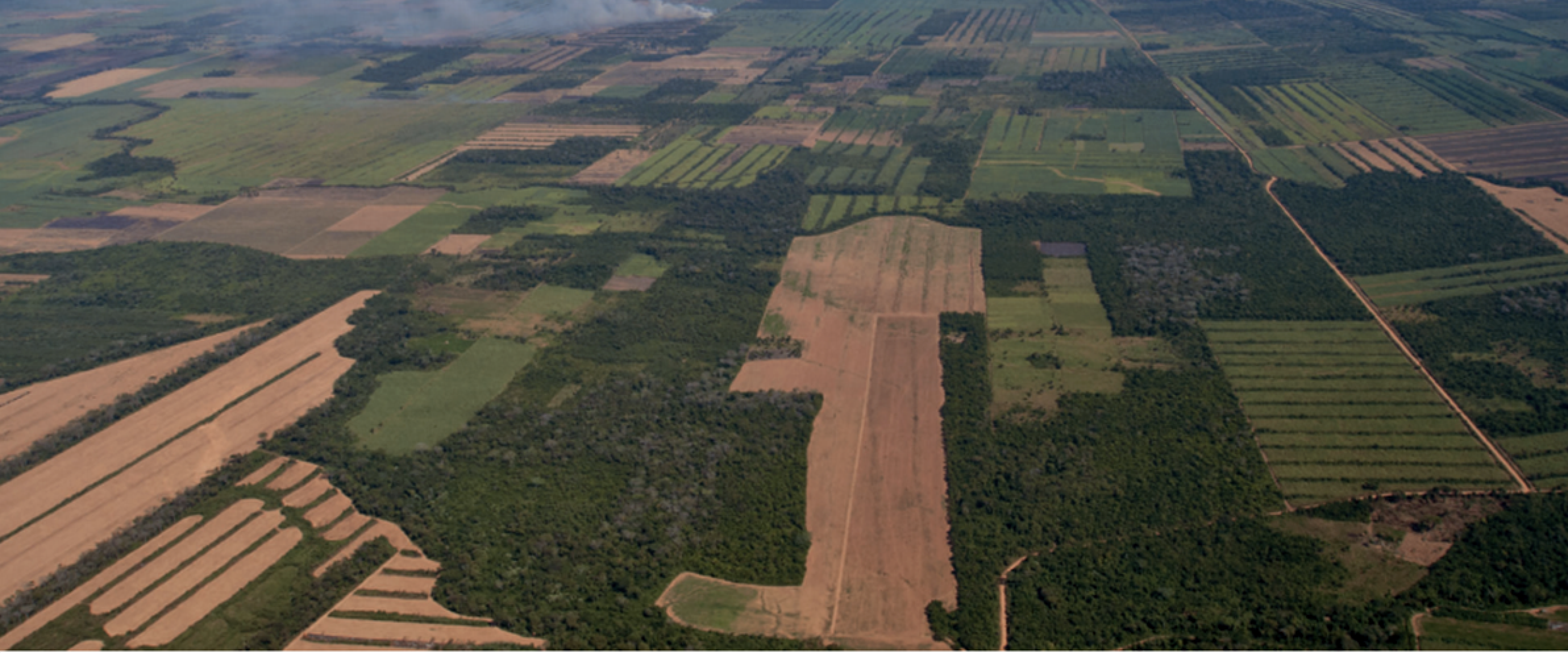
“The pampas fulfil important functions in the ecosystem that will be lost when they become livestock pastures,” says biologist Vincent Vos of the Centre for Research and Promotion of Farmers (Cipca).
For him, it is worrisome that the new land use plan of Beni identifies extensive agriculture in areas that still have large forest coverage and, even, with forest management plans registered in the Forest and Land Authority (ABT) in municipalities such as Riberalta.
Miguel Ángel Crespo of Probioma believes mitigation measures need to be taken on deforestation, as well as the use of genetically modified crops and agrotoxins for food production: “These two aspects will strongly influence exports and the agricultural sector. More and more countries have more regulations that are closing the doors to products that come from regions with high use of transgenic and agrochemicals and areas of deforestation.”
They are not the only environmental impacts that could be increased by livestock activity.
Livestock farming, which requires a lot of water, is spreading into regions scarce in water.
“Livestock is expanding in two critical areas for the water issue: in the Chaco and Chiquitania regions, which are ecosystems that already have a fragility in terms of the amount of water. The climate change scenarios show us that there will be a reduction of water in these ecosystems,” explains Natalia Calderón, whose organisation has also done studies on how livestock faeces contaminate water sources. “More climate change, plus an expansion of livestock management areas without considering proper management of water resources, could be critical,” she adds.
Bolivia’s plans to increase its meat production and then export it to the other side of the world could clash with another reality.
Many organisations are promoting diets with less red meat. In its latest Global Environment Outlook report, the United Nations explains how reducing beef consumption lowers greenhouse gas emissions. This is because cows produce a lot of methane and forested areas are some of the world’s best carbon sinks.
“One of the great challenges for the planet is to meet the high demand for food because of population growth and, at the same time, reduce the impacts of agriculture and livestock to meet the demand for food. We do not know if there are public policies to guarantee that this process is sustainable, or if there are demands from the markets (China and Russia) on these points, or that the agroindustrial companies are talking about these points in the agreements,” says Calderón.
In May, in a meeting with members of a commission of the Chamber of Deputies, the Confederation of Cattle Ranchers of Bolivia (Congabol) said they have a strategy that considers technological innovation and competitiveness to promote more sustainable production.
Although no more details are known at present, whether these solutions exist and are effectively implemented could depend on whether markets such as China’s demand meat produced in a way that preserves forests.
